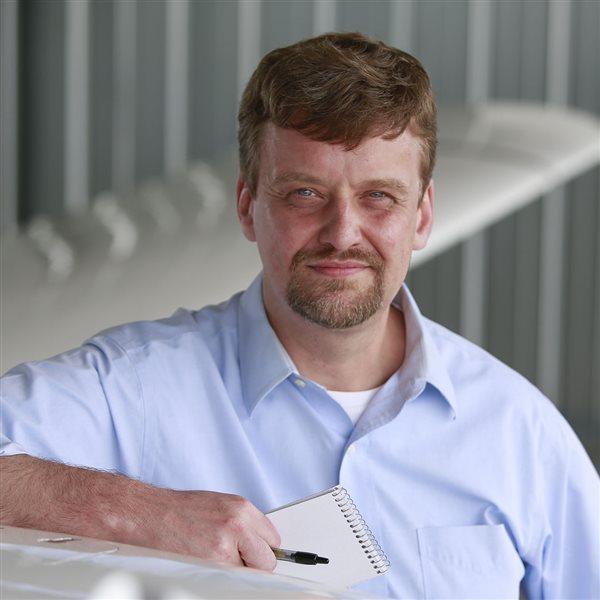Fatal overtake
Lancair 360 collided with Cessna 172 in pattern
The climbing Cessna 172 was probably not visible from the overtaking Lancair 360 Mk II above it as the two aircraft converged at the outset of their third circuit around the pattern on February 19.
The accident left two people dead—the pilot and passenger of the Lancair, which dove into the ground after being struck by the Cessna's propeller. While the NTSB preliminary report remains pending, analysis of ADS-B data, helicopter footage of the accident scene livestreamed by local media, and radio communications reported to local media by another pilot who was in the area at the time of the accident suggest that the Lancair pilot may have become frustrated after following the slower Skyhawk twice around the traffic pattern for Runway 12 at Marana Regional Airport in Marana, Arizona—the Lancair aborting its second landing attempt and going around as the Cessna landed and took off below.
The Lancair performed a 270-degree left turn as the Cessna continued through its first circuit, establishing on downwind at about the same time the Cessna completed a left turn to a 2-mile final. The Lancair turned base and final inside of the Cessna's course track, following the slower aircraft and about 1.8 nm behind as the Cessna lifted off from its first touch-and-go. The Lancair soon arrested its descent and sidestepped slightly right of the runway, closing on the Cessna ahead.
The Lancair was 1.3 nm behind the Cessna as it established on a second left downwind for the same runway, and closed to less than 1 nm behind the trainer when the Cessna was still on short final.
It was likely around this time that CFI Erwin Castillo, who was working with a student in another aircraft in a practice area west of the airport, heard the Lancair pilot announce he was "going to go around again," Castillo recalled in an interview with the Arizona Republic. The CFI told the paper that the tone of the Lancair pilot's transmission caught his attention because the Lancair pilot sounded "pretty upset."
Soon after that transmission, Castillo heard another voice "screaming" on the radio, "he just hit us," followed by a Mayday call and "airplane down."
The ADS-B tracks of the two involved aircraft converge as the Cessna climbed away from the runway and into the path of the Lancair, which had leveled off and was rapidly overtaking the Cessna from above and behind. Castillo said he spoke to the Cessna pilot after that aircraft landed safely, and was told that the CFI and student, who were both uninjured, were practicing touch and goes when the climbing Cessna's propeller struck the overtaking Lancair's tail.
The Lancair impacted the ground about 900 feet from the point above which the two aircraft collided, and was destroyed by impact and fire. The charred wreckage, with few identifiable parts, was visible in helicopter images livestreamed by a television station. The helicopter also captured images of the Cessna, parked on the ramp and encircled by caution tape, the distant lens revealing no obvious signs of damage, though at least one investigator spent time examining the Cessna's propeller as the news helicopter circled the scene.
FAR 91.113 stipulates that an aircraft being overtaken has the right-of-way, and requires the pilot of the overtaking aircraft to alter course to the right in order to pass well clear. The regulation further states that when two or more aircraft approach an airport to land, "the aircraft at the lower altitude has the right-of-way, but it shall not take advantage of this rule to cut in front of another which is on final approach to land or to overtake that aircraft."
The Lancair 360 Mk II is a high-performance aircraft able to cruise at more than 200 knots. According to various online sources, the stall speed (landing configuration) is 59 knots, though pilots generally want to fly approaches significantly faster. LiveATC.net did not record the common traffic advisory frequency, so it is unclear what the Cessna reported regarding position and intention as it circuited the pattern with the Lancair closing in behind.
The airport is due to have a control tower operational in 2029, according to the Associated Press, having been approved for one in 2019; construction was delayed by the coronavirus pandemic. AOPA Air Safety Institute Senior Vice President Mike Ginter told the AP that nontowered airports are not intrinsically unsafe, and pilots are trained to communicate with each other and "see and avoid" other traffic.
Authorities did not immediately release the names of the two people killed aboard the Lancair. The aircraft was built and first registered in 2001 to Michael Reinath of Rio Vista, California, according to FAA records.

















